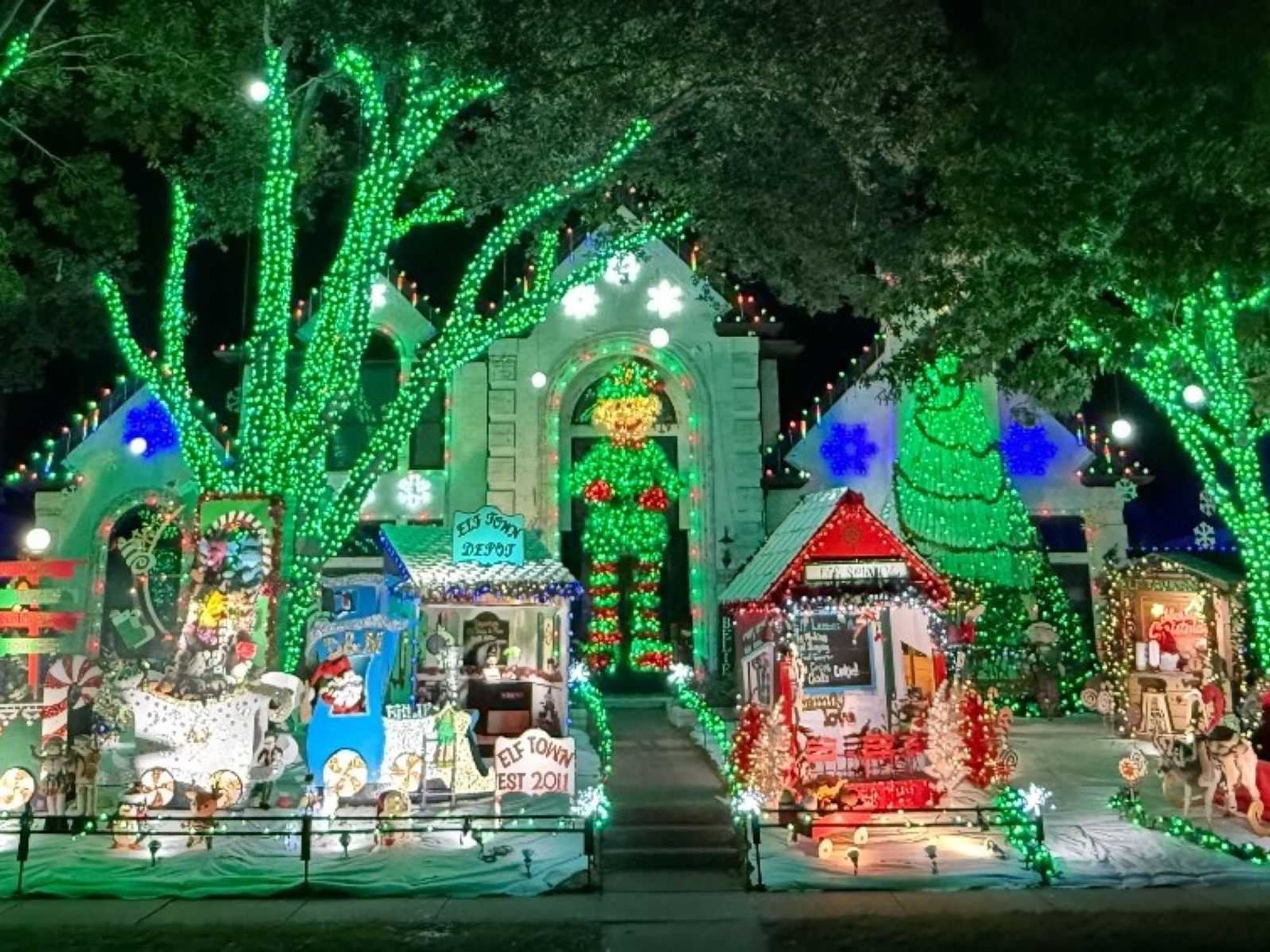Hometown glory
Irving edges out New York and San Francisco as the most diverse area in thecountry
 The Academy of Bangla Arts and Culture in Irving is one of the city's manydiverse offerings.Photo courtesy of Susruta Chatterjee
The Academy of Bangla Arts and Culture in Irving is one of the city's manydiverse offerings.Photo courtesy of Susruta Chatterjee The Academic Decathlon team at MacArthur High School in Irving is anotherexample of the area's diversity.Photo courtesy of Irving ISD
The Academic Decathlon team at MacArthur High School in Irving is anotherexample of the area's diversity.Photo courtesy of Irving ISD The 75038 zip code in Irving was recently rated the most diverse neighborhood inthe country with no group out of four garerning more than 26 percent of thepopulation.Courtesy photo
The 75038 zip code in Irving was recently rated the most diverse neighborhood inthe country with no group out of four garerning more than 26 percent of thepopulation.Courtesy photo
Texas stereotypes just got a little more outdated. Not only are our cities largely devoid of cowboys and cattle ranchers, but they're also more culturally diverse than New York and San Francisco.
Real estate website Trulia has declared Irving's 75038 zip code as the most diverse neighborhood in America. The study, as reported in Forbes, looked at the 100 most populous metros in America.
The 75038 zip code in Irving has no ethnic majority; the area has a near even breakdown across four races.
Just east of DFW Airport and under Highway 114, the zip code includes the neighborhoods of Broadmoor Hills and Song. The area has no ethnic majority and basically has an even breakdown across four races.
Trulia’s report lists the ethnic makeup in a swath of Irving as 26 percent Asian, 25 percent black, 23 percent Hispanic and 23 percent white.
Diverse neighborhoods tend to spur higher population growth and a faster rate of price growth than more homogeneous neighborhoods, the report found. Most of the diverse neighborhoods were not in the heart of the city or particularly well-known to outsiders. What’s more, they’re not typically dense neighborhoods.
Behind Irving, Queens in New York and the Treasure Island neighborhood of San Francisco finished out the top three.
The only other Texas representative, Lakemont, was No. 4 on the list. Houston also ranked fourth in overall metro diversity, though California carried the top 10 with four cities (including No. 1 San Jose).
The South is considerably varied, especially compared with New England and parts of Ohio and Pennsylvania.
On the least diverse side, Pittsburgh had the highest concentration of whites at 87 percent. El Paso got Texas on the list with the least diverse metro with a non-white majority. The West Texas city is 82 percent Hispanic.
Overall, California and Hawaii were the most diverse states. But the South is also considerably varied, especially compared with New England and parts of Ohio and Pennsylvania, which were found to be the least diverse.
Ironically, the Trulia report says that as diverse neighborhoods grow and prices increase, it could actually result in less diversity. On average, blacks and Hispanics have lower incomes than whites and could be pushed out of areas where rent and home values go up suddenly.

 David and Melissa Loder's Elf Town is on Penbrook Court in the Deerfield subdivision of Plano. Photo courtesy of David and Melissa Loder
David and Melissa Loder's Elf Town is on Penbrook Court in the Deerfield subdivision of Plano. Photo courtesy of David and Melissa Loder